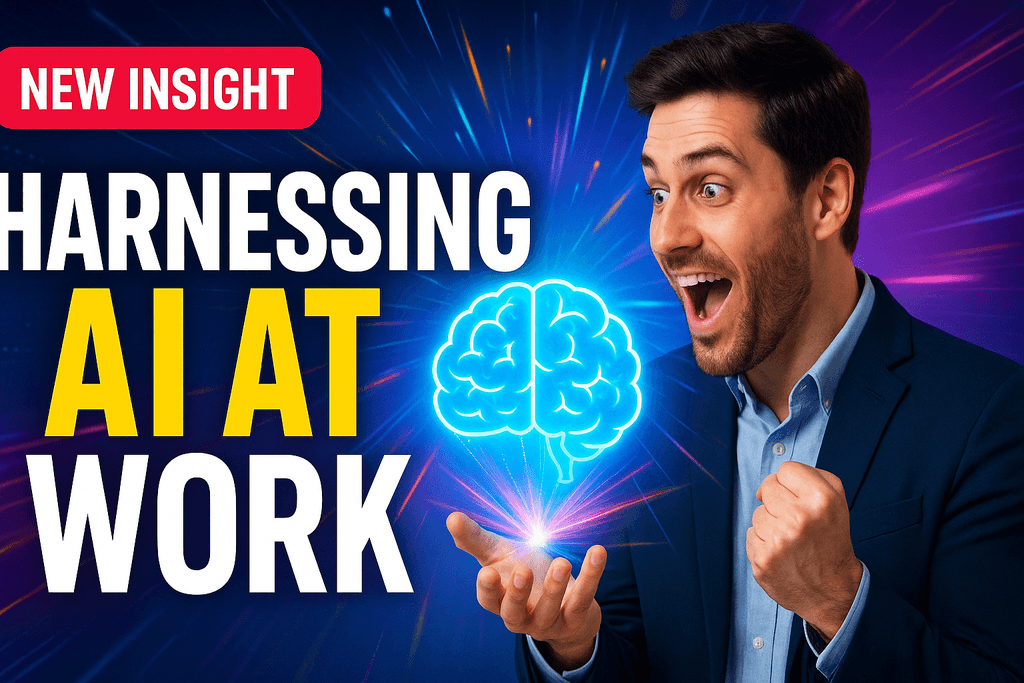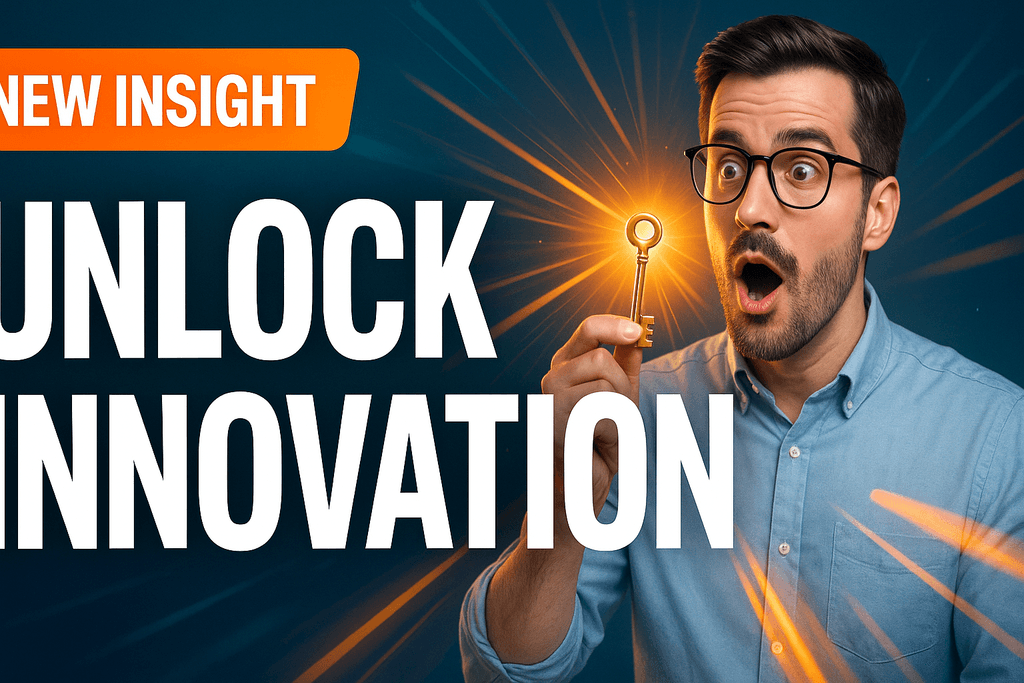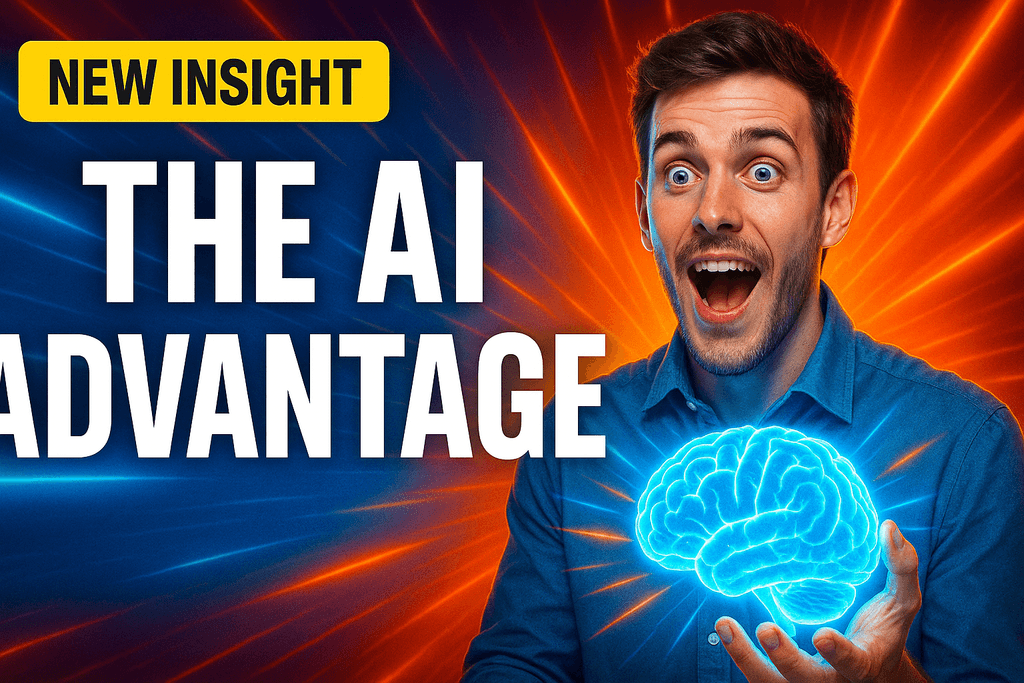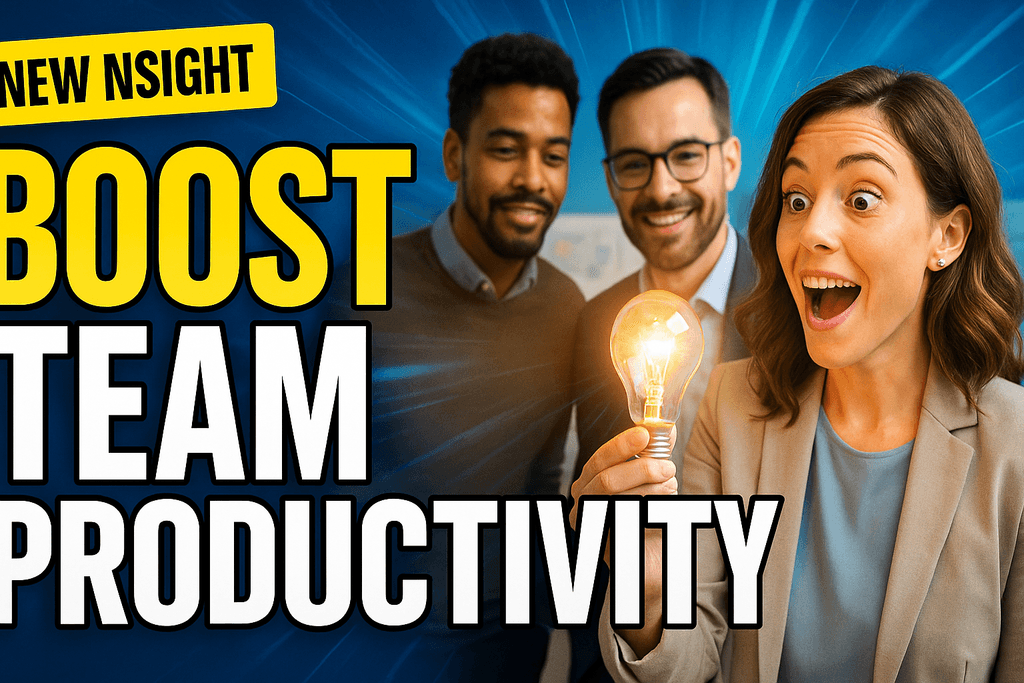
Table of Contents
Introduction
Managing content across multiple platforms can be a complex task, especially when you're trying to ensure a consistent experience for your audience. For businesses looking to streamline content delivery, Headless CMS offers an innovative solution. However, to make the most of this approach, understanding content modeling is essential.
Content modeling is the process of organizing and structuring your content within a Headless CMS to make it flexible, reusable, and scalable. With the rise of AI agents and workflow automation, modern content modeling has evolved beyond simple data organization to include intelligent content orchestration and automated content management processes.
In this guide, we'll explain what content modeling is, why it's crucial for effective content management, and how AI-powered solutions like Orbitype's agentic cloud OS can help you avoid common problems that arise when managing content across various channels.
What is a Headless CMS?
First, let's get a solid understanding of what Headless CMS is. Unlike traditional CMS platforms, which tightly couple the front-end (what users see) and the back-end (where content is stored and managed), a Headless CMS decouples these two components. This means that the back-end is only responsible for managing content, while the front-end is free to retrieve and display that content on any device via an API.
This flexibility allows businesses to deliver content across various platforms—websites, apps, IoT devices, and more—without being constrained by a rigid CMS structure. It's particularly beneficial for organizations that want to create dynamic, multi-channel experiences.
Modern headless CMS platforms like Orbitype go beyond traditional content management by integrating AI agents and workflow automation directly into the content lifecycle. These AI agents can automatically categorize content, suggest optimal content structures, and even automate content distribution across multiple channels based on predefined rules and learning patterns.
However, with this flexibility comes complexity, particularly when it comes to organizing and structuring content. That's where content modeling comes in.
What is Content Modeling?
In the world of Headless CMS, content modeling refers to the process of defining and organizing the content structure within the system. It's about deciding how content will be created, stored, and delivered. This includes defining content types, specifying fields, setting up relationships between content, and even adding metadata for better search and retrieval.
The goal of content modeling is to ensure that content is organized in a way that makes it easy to manage, retrieve, and deliver across different platforms. Think of it as creating a blueprint for your content—ensuring consistency, flexibility, and scalability.
With AI-powered platforms like Orbitype, content modeling becomes even more sophisticated. AI agents can analyze your content patterns, suggest optimal field structures, and automatically maintain relationships between different content types. This intelligent approach to content modeling reduces manual work while ensuring your content structure evolves with your business needs.
Your choice of front-end framework can affect how efficiently content is displayed across platforms. Modern agentic systems can automatically optimize content delivery based on the target platform's requirements, ensuring optimal performance across all channels.
The Potential Problem: Content Chaos Across Platforms
One of the most significant challenges businesses face when using a Headless CMS is managing content across multiple platforms. Without proper content modeling, it's easy for content to become disorganized, leading to inefficiencies and errors. Here are a few examples of how this might manifest:
Duplicate content: When content isn't modeled properly, it can end up being created multiple times in different formats, leading to inconsistencies.
Difficulty in scaling: As your business grows and adds more channels or platforms, your content structure may need to adapt. Without a flexible content model, scaling becomes difficult.
Inefficient workflows: Content creators and developers may struggle to understand how to create and manage content, leading to delays and mistakes.
Manual content distribution: Without automated workflows, teams spend countless hours manually distributing content across different platforms, increasing the risk of errors and inconsistencies.
These issues can lead to wasted time, missed opportunities, and a poor user experience. Traditional content management approaches often require significant manual intervention, making it difficult to maintain consistency as your content volume grows.
Fortunately, modern AI-powered solutions can address these challenges through intelligent automation and workflow optimization.
The Solution: AI-Enhanced Content Modeling
1. Define Clear Content Types with AI Assistance
The first step in content modeling is to define the different types of content your business will be managing. These could include blog posts, product descriptions, news articles, or customer reviews. For each content type, you'll need to specify what fields it should contain—such as title, body, images, categories, etc.
AI agents can analyze your existing content and automatically suggest optimal field structures. For example, a blog post might have fields for the title, author, body text, image, publish date, and tags. By defining these fields upfront with AI assistance, you ensure that all blog posts are created in a consistent format and that content creators know exactly what information is needed.
2. Set Up Intelligent Relationships Between Content
Next, you'll want to set up relationships between different types of content. This is especially important when you have content that is related to other content. AI agents can automatically identify and maintain these relationships, suggesting connections based on content similarity, user behavior patterns, and semantic analysis.
By modeling these relationships with AI assistance, you make it easier to pull related content dynamically across platforms. This allows for more personalized and relevant user experiences, which can improve engagement and drive conversions.
3. Automated Taxonomies and Metadata Management
Taxonomies (such as categories or tags) and metadata (such as keywords or SEO data) help you categorize and organize your content more effectively. AI agents can automatically generate and maintain taxonomies based on content analysis, ensuring consistent categorization across all your content.
For example, if you have a large catalog of blog posts, AI can automatically organize them into categories and suggest relevant tags based on content analysis. This makes it easier to search, filter, and retrieve content when needed, while also improving SEO performance.
Workflow Automation and Scalability
4. Plan for Scalability and Flexibility with Automated Workflows
As your business grows, so will your content needs. When creating your content model, it's essential to plan for scalability with automated workflows that can adapt to changing requirements. Modern agentic platforms like Orbitype can automatically adjust content structures and workflows as new content types, fields, and relationships are needed.
For instance, if you initially create a content model for a website, but later expand to mobile apps or IoT devices, AI agents can automatically adapt your content model to accommodate those new platforms without needing to start from scratch. This intelligent scalability ensures your content infrastructure grows with your business.
5. Build Content for Reusability Across Platforms with AI Orchestration
A major benefit of Headless CMS is that it allows you to reuse content across different platforms. To make this work effectively, your content model needs to be structured in a way that supports content reuse, enhanced by AI orchestration that automatically optimizes content for different channels.
AI agents can analyze the requirements of different platforms and automatically format, resize, or restructure content accordingly. For example, if you're publishing blog posts on a website, AI can automatically adapt the same content for mobile apps, social media, or email newsletters, ensuring optimal presentation across all channels while maintaining consistency.
Orbitype's agentic cloud OS takes this further by providing AI workforce capabilities that can manage entire content workflows, from creation and optimization to distribution and performance monitoring, all without manual intervention.
Best Practices for AI-Enhanced Content Modeling
Here are some best practices to help you make the most of your AI-enhanced content modeling efforts:
Keep it simple: While it's important to plan for flexibility, it's equally crucial to keep your content model simple and easy to understand. AI agents can help maintain complexity behind the scenes while presenting a clean interface to users.
Involve your teams: Content modeling isn't just for developers. Content creators, designers, and marketers should all be involved in the process to ensure the model aligns with their needs. AI agents can facilitate this collaboration by providing insights and suggestions based on each team's requirements.
Document your model: Ensure that your content model is well-documented so that everyone involved understands how to use it. AI agents can automatically generate and maintain documentation, keeping it up-to-date as your model evolves.
Test and iterate: As your content needs evolve, so should your content model. AI agents can continuously monitor content performance and suggest improvements, making the iteration process more data-driven and efficient.
Leverage AI insights: Use AI analytics to understand how your content performs across different platforms and channels. This data can inform future content modeling decisions and help optimize your content strategy.
Content modeling is especially important in omnichannel retail, where consistency across platforms is key. AI-powered content orchestration can ensure that product information, pricing, and promotional content remain synchronized across all touchpoints, improving customer experience and reducing operational overhead.
Orbitype: The Agentic Cloud OS Advantage
Orbitype represents the next evolution in content management as an agentic cloud OS that combines traditional headless CMS capabilities with advanced AI agents and workflow automation. Unlike conventional platforms that require extensive manual configuration, Orbitype's AI agents work alongside your team to automatically optimize content structures, manage relationships, and orchestrate multi-platform distribution.
The platform's unique architecture combines PostgreSQL databases with cloud storage (S3), enhanced by compute resources and serverless functions that enable seamless integrations with third-party APIs and webhooks. This foundation supports AI agents that have access to all your data and processes, enabling intelligent automation that goes far beyond simple content management.
Key advantages of Orbitype's approach include:
Intelligent Content Structuring: AI agents analyze your content patterns and automatically suggest optimal field structures and relationships
Automated Workflow Management: Complete automation of content workflows from creation to distribution across multiple channels
Scalable Architecture: Built to handle everything from simple websites to complex enterprise applications without vendor lock-in
AI Workforce Integration: AI agents that work as virtual team members, handling routine tasks and providing intelligent insights
This agentic approach transforms content modeling from a static, one-time setup into a dynamic, continuously optimizing system that adapts to your business needs and scales with your growth.
Conclusion
Content modeling is an essential part of managing content in a Headless CMS. By defining clear content types, setting up relationships, using taxonomies and metadata, and planning for scalability, you can avoid common content management problems and create a more efficient, flexible system. The integration of AI agents and workflow automation takes this further, enabling intelligent content orchestration that adapts to your needs automatically.
Modern agentic platforms like Orbitype represent the future of content management, where AI agents work alongside human teams to create, optimize, and distribute content across multiple platforms seamlessly. Whether you're a small business or a large enterprise, taking the time to model your content properly with AI assistance will save you time, reduce errors, and improve the overall user experience across multiple platforms.
The combination of traditional content modeling principles with AI-powered automation creates a robust foundation for scalable, efficient content management that grows with your business and adapts to changing market demands.
Ready to streamline your content management and enhance your digital experience with AI-powered workflow automation? Discover how Orbitype's agentic cloud OS can transform your content strategy and explore the future of intelligent content management today.





















.png&w=1024&q=80)

